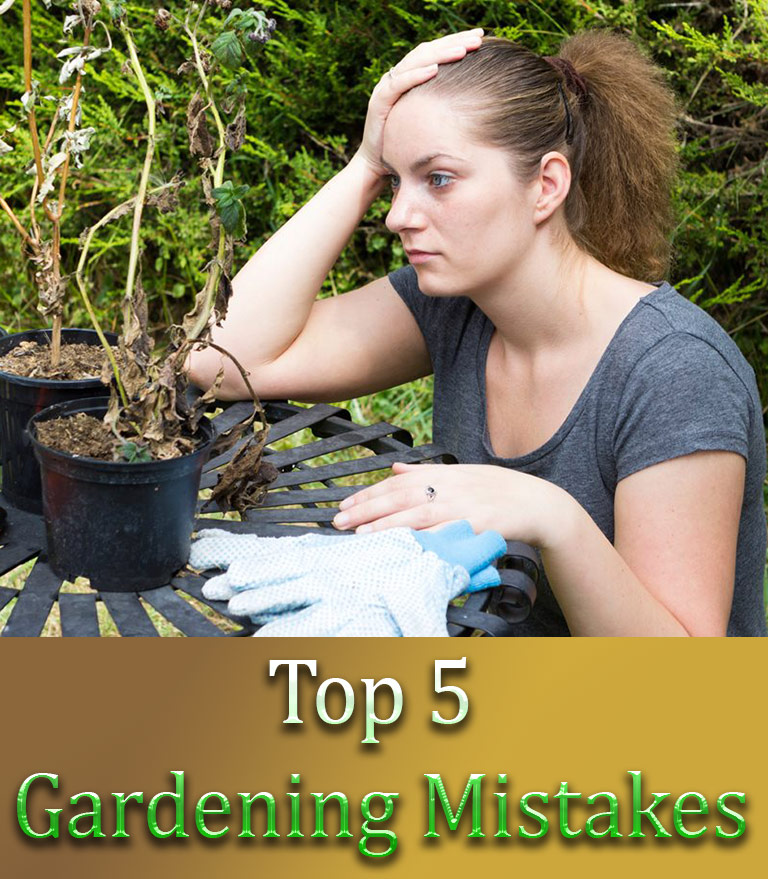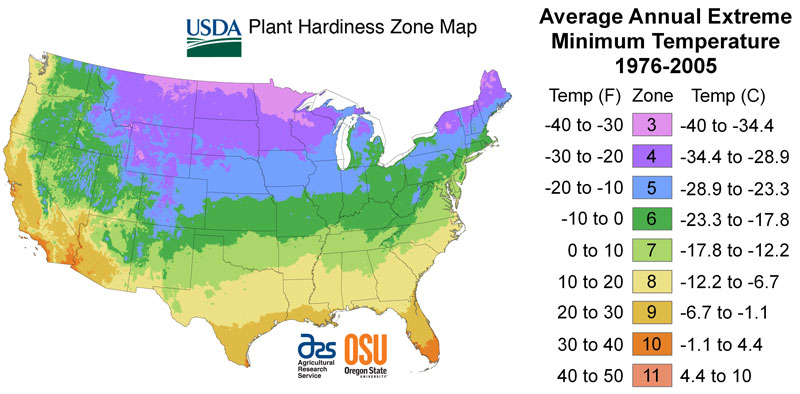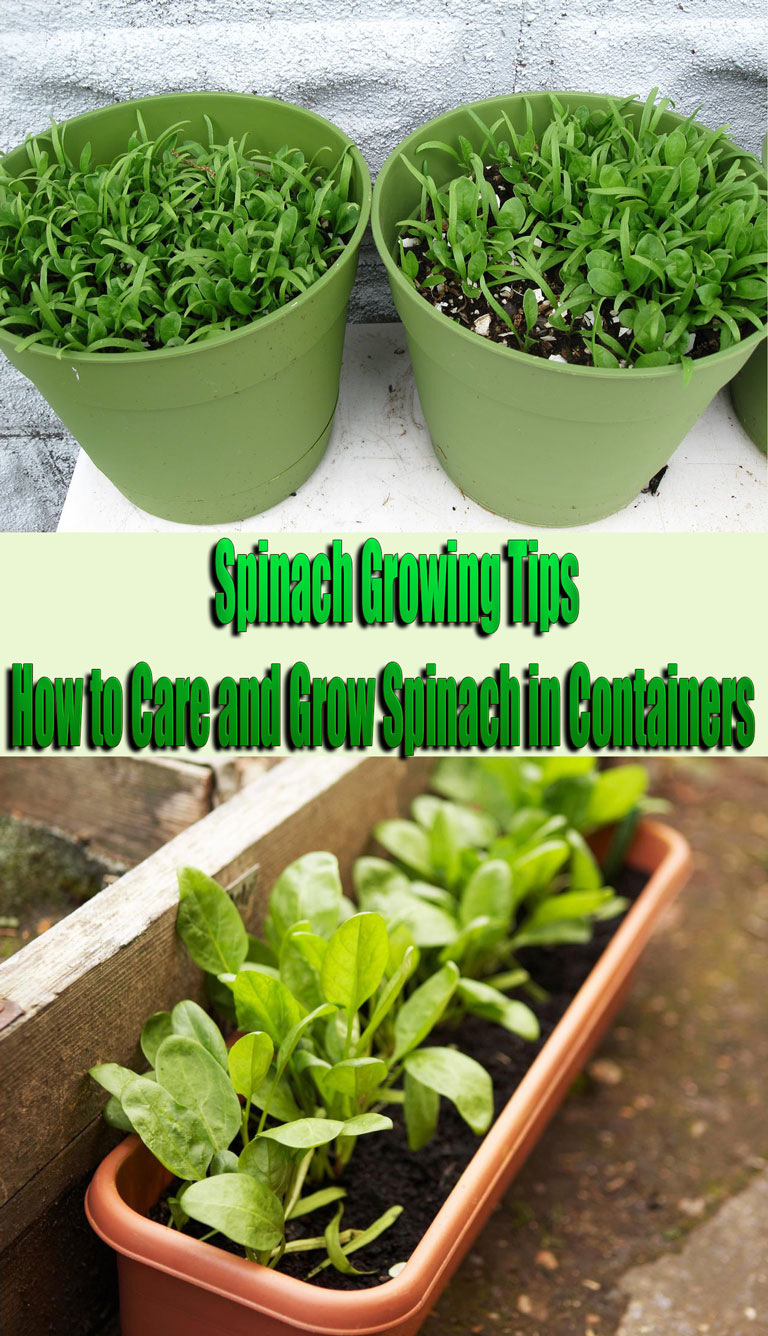
Read on to see if you’re making one of these common gardening mistakes.
Get your garden back on track by avoiding these common blunders.
We’ve all been there – a bright and lively plant reduced to a pile of wilted leaves overnight. Don’t give up.
Having Too Many Plants
I’ll be the first to say I’m guilty of this. I turn into a kid at a candy store the minute I walk into a garden center. Variety is always great, but if you’re just starting out you may find it difficult to care for the individual needs of multiple plants. Start small and build from there.
Not Knowing Your Zone
The USDA divides the country into 13 different growing regions to help gardeners choose plants that will thrive in their area. The USDA bases their zones on winter hardiness – a Zone 3 grower needs plants that can withstand extreme temperatures as low as -40 to -30 degrees F while winters in Zone 9 fall between 28 to 18 degrees F. Since the USDA only addresses winter lows, Sunset created its own climate zone map that factors in rainfall, elevation, summer temperatures and other factors. Still need help? Ask the staff at your local garden center, a neighbor with a green thumb or call your local county extension office. Your extension office has people on staff who can help with everything from determining your zone to identifying garden weeds and pests.
Not Paying Attention to Your Plants’ Needs
You can’t grow tomatoes in deep shade (if you can, please tell me your secret) and succulents will wither with too much water. Always check the plant tags. “Full Sun” means your plant needs six or more hours of direct sunlight, and fruiting vegetables like tomatoes and peppers grow best with eight or more hours. Anything less and you may notice foliage, but no blooms or fruits. Knowing your plants’ water requirements is also vital – with most plants, you want to keep the soil moist but not wet. Don’t let plants sit in standing water and keep an eye on the weather to make sure you don’t water right before a rainstorm.
Not Making the Right Friends
Don’t let your plants hang out with the wrong crowd. That means when you’re combining plants, make sure they have similar requirements so they can both thrive together. Pay attention to the spacing on your plant tags so they have room to grow and thrive. Take mint, for example: It’s a bully in a garden space, growing so quickly and aggressively that it can choke out other plants. Many gardeners actually grow mint in containers and then sink the container into the ground, then prune often to keep its runners in check.
Ignoring the Seasons
With gardening, timing and patience is everything. Spring tulips actually need to be planted in the fall, and the best time to prune roses is during winter. Plant summer tomatoes too early, and a late-night spring frost could take them out. Pay attention to the weather patterns, talk to other gardeners in your area and sign up for gardening newsletters to help you create a growing strategy.
Now, dust off your garden gloves and get your hands back in the dirt.






Leave a Reply